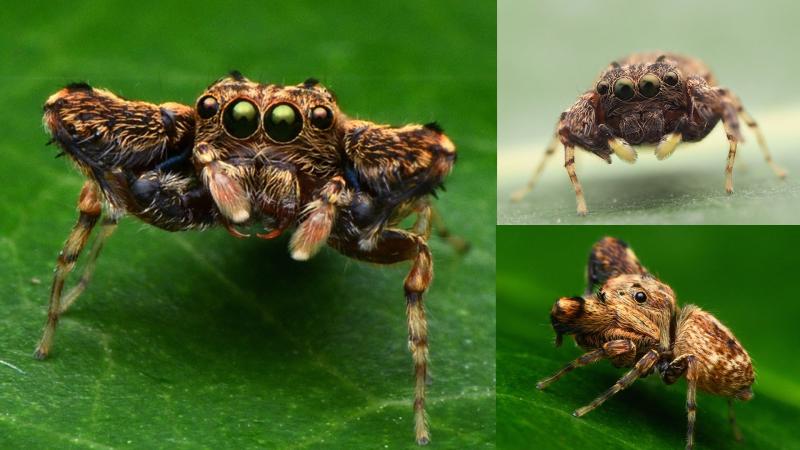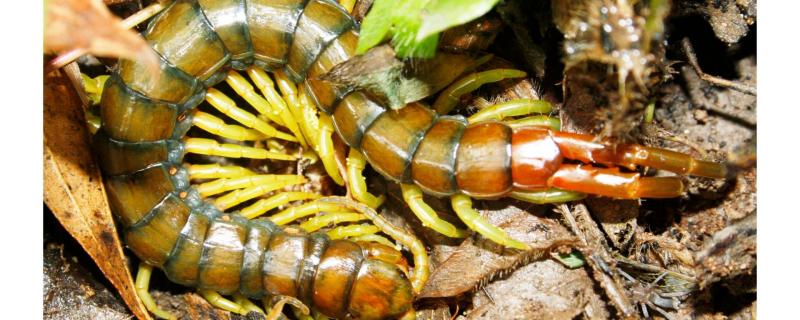India is facing a severe crisis in the availability of skilled healthcare professionals, finds a study by the Indian Institute of Public Health (IIPH).
Pilia, an enigmatic genus of jumping spider has just been rediscovered in the tropical forests of Western Ghats after a staggering 123 years. The find has not only led to the description of a brand-new species, Pilia malenadu, but, also allowed researchers to document the first-ever female of the entire genus.
Chennai/










